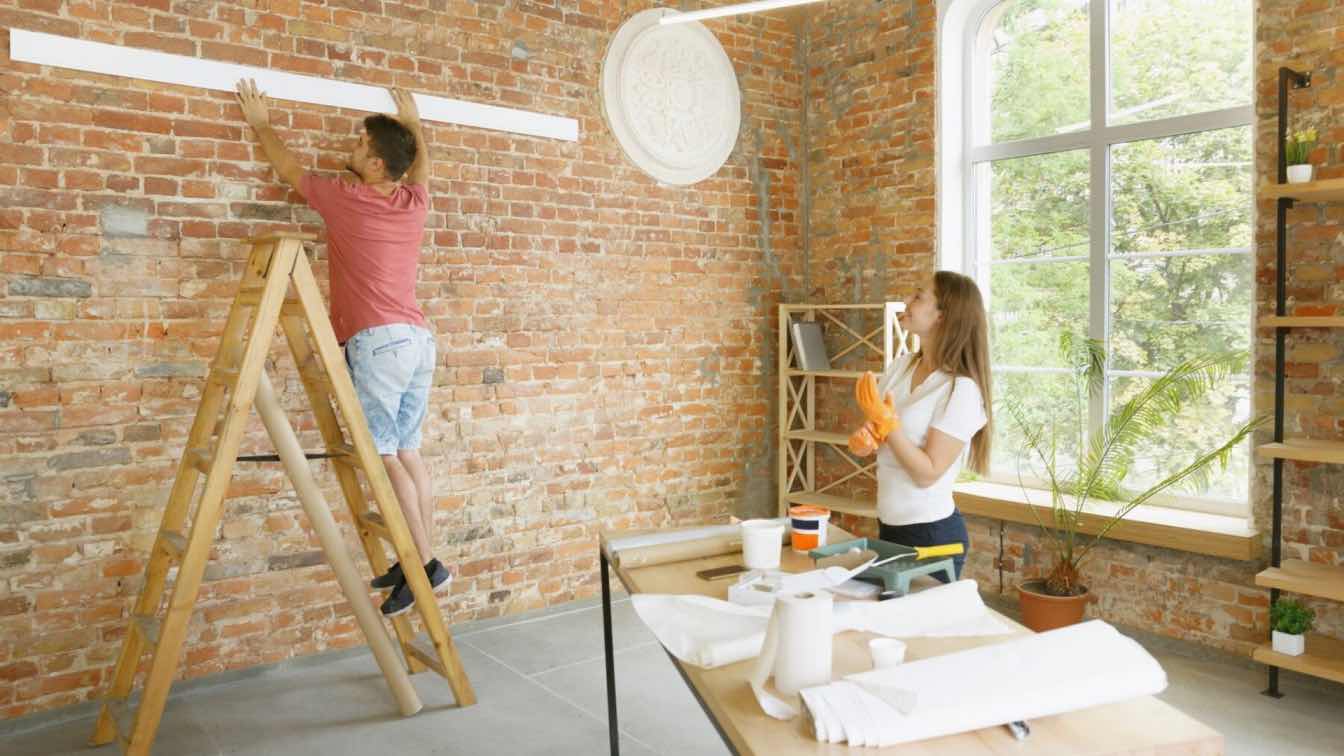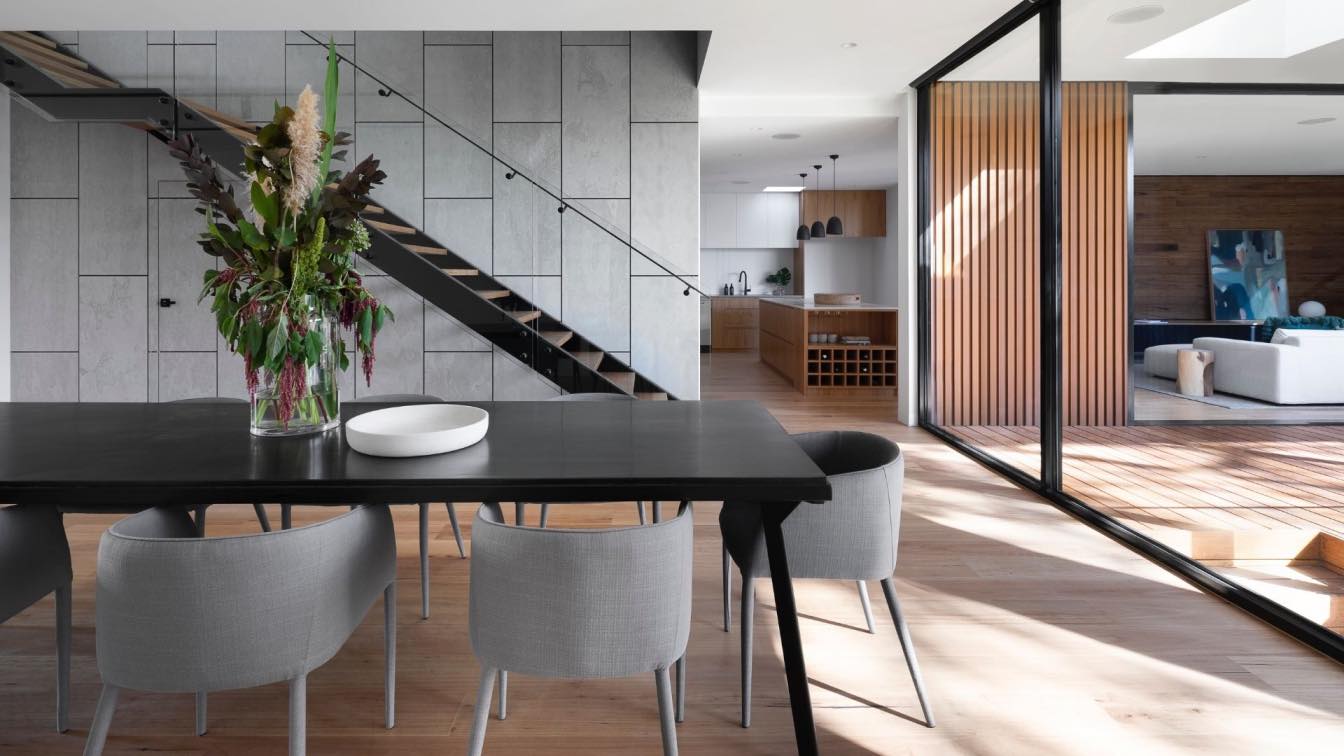Dreaming of transforming your home but worried about the costs? You’re not alone. Many homeowners want to make major repairs or upgrades but need to stick to a tight budget. The good news is that with proper planning, you can complete affordable home renovations without emptying your wallet. Today, helpful pieces of advice will be shared to help you manage your home renovation ideas and achieve the home makeover you’ve always wanted.
Why Renovating on a Budget is Possible
Renovating your home doesn’t have to mean spending a fortune. There are plenty of ways to make your home adjustments affordable, moreover, you will be able to save both style or quality. Make wise actions, prioritizing what matters most, and create plans that can be adjusted or stretched in case of anything. So, how can you achieve your dream home without breaking the bank?
Prioritize Your Repairs
Before you start picking out paint colors or new fixtures, figure out which repairs and improvements are most urgent. Not every project needs to be done right away, and some repairs will add more value to your home than others. By assessing the most pressing needs, you can be sure that your budget is allocated wisely.
Urgent Repairs and Aesthetics
Focus on issues that could make the safety or functionality of your home doubtable, such as:
- Roofs that leak
- Cracks in foundation
- Problems with plumbing
- Electrical issues
- Mold or water damage
Alright, the other improvements can add charm to your house, but they are less meaningful in the context of safety or necessary comfort. They contain:
- Painting walls
- Installing new countertops
- Updating furniture, and others
Create a Phased Plan
Well, when you have a specific plan and know the entire process, create phases to handle it. Start with the most urgent repairs, then move on to aesthetic updates. Here are two simple things you must do: follow your funds and allocate them as you’ve planned and complete your project in small portions. Moreover, if you address global issues first, you prevent future costs and larger damage.
Define a Clear Amount of Funds
If you’ve planned a repair or refreshment, then this point should be the most important for you. When you think about your home’s renovations, figure out the total price realistically, including materials, employees, and possible urgent expenses.
Consider such categories which can require the most of your budget:
Materials. Research the cost of materials you'll need. Opt for more cost-effective options, such as laminate or vinyl flooring. Don’t choose hardwood or marble countertops for the first time;
Salaries for laborers. This point can become a great portion of your budget, so make sure to get a few estimations from companies to find the best one for your situation;
Permits. Sometimes home renovations require permits. Discuss with authorities to determine if your project needs it and be sure to count fees in your budget.
Even the most thorough plans can go wrong when you face unforeseen problems. Surprising bills, such as for repairing mold or damaged pipes, can change your plans in seconds. For example, fixing water damage can cost between $2,000 and $6,000, depending on the severity. Therefore, you should always consider if such cases can happen or not. If you plan a contingency fund, you’ll be prepared for urgent situations and avoid extra negative feelings.
Finance Your Renovation
If you consider financing your renovation, there are great ways to make sure that your home improvements won’t be interrupted by obstacles such as lack of money. There are many excellent alternatives for homeowners who need extra cash to realize their ideas.
They can help you cover sudden expenses such as hiring professionals or purchasing extra materials. With competitive rates and terms for repayment, even personal loans for $5,000 can cover everything from professional labor costs to extra expenditures that appear during the entire period. They offer a solution to keep your project active and prevent protracted processes due to lack of funds.
Your Own Efforts or Professional Help?
One of the greatest ways to save money on renovations is to decide when to do it yourself and when to hire an expert. While DIY projects can be cost-effective, some repairs require specialized skills that only professionals can provide.
When to DIY
Some home improvement tasks are simple enough to handle yourself, such as:
- Painting walls
- Installing a backsplash
- Laying vinyl or laminate flooring
- Installing new light fixtures
- Repainting furniture or cabinets
For these tasks, plenty of resources, such as professionals’ channels, can help guide you and understand what to you. You’ll save on labor costs if you learn how to DIY.
When to Hire a Professional
Certain projects, such as:
- Electrical work
- Plumbing repairs
- Major structural repairs
- Roof replacement
are best left to experts. Hiring a professional guarantees that the job is done safely and correctly, which can save you money by avoiding mistakes or code violations. Professional contractors also have access to industry discounts on materials, which can reduce your overall costs.
Tip: If you are not sure and in doubt about your project, talk to a professional for advice to determine whether it’s something you can tackle on your own or need help with.
Find Inexpensive Materials
The materials you choose for your home renovations can have a significant impact on your budget. Fortunately, there are many ways to source affordable, high-quality materials without sacrificing quality.
Discount and Clearance Items
Visit local hardware stores when there’re sales or check out discount retailers. You can often find clearance items like:
- Flooring tiles
- Appliances
- Light fixtures
Many home improvement stores also offer coupons or price match guarantees, allowing you to save even more.
Recycled and Repurposed Materials
Using reclaimed materials saves money and adds character to your home. Consider:
- Reclaimed wood for furniture or shelving
- Recycled glass countertops
- Reused doors or windows
- Vintage furniture or fixtures from secondhand shops
It’s an excellent way to complete cheap home renovations and add unique and eco-friendly details to your house.
Purchase materials, such as paint, flooring, or tile in bulk to receive discounts. Don’t be shy and negotiate with local suppliers for a better price, especially if you’re purchasing large quantities.
Monitor Costs and Follow the Budget
On all renovation projects, it is quite easy to get carried away; hence, one needs to be checking one's spending from time to time. It keeps you on the right track and will prevent you from unnecessary spending.
There are different applications available to help you in this respect, such as:
- It shows real-time updates on all of your expenses, categorized into your expenditure.
- YNAB. Helps in budgeting in categories and staying on track.
- A renovation-specific budgeting tool that allows you to plan and track your project.
Schedule some time weekly to go over your spending. Compare your actual costs to those you estimated and make adjustments accordingly. This way, you'll be on top of your expenses and won't let them go overboard.
Achieve Your Dream Home on a Budget
There is no need to spend too much money while renovating your home. If done with proper planning, on an aspired clear budget, and with an idea of what the desired result of the work shall be, making changes in one's house doesn't have to be a bank-breaker.
The main thing is being organized for essential repairs. After all, this is where steps come in: finding the best materials at relatively affordable prices helps to generate beauty. You are welcome to enjoy a space that is equally stylish and serviceable without being overly expensive.





